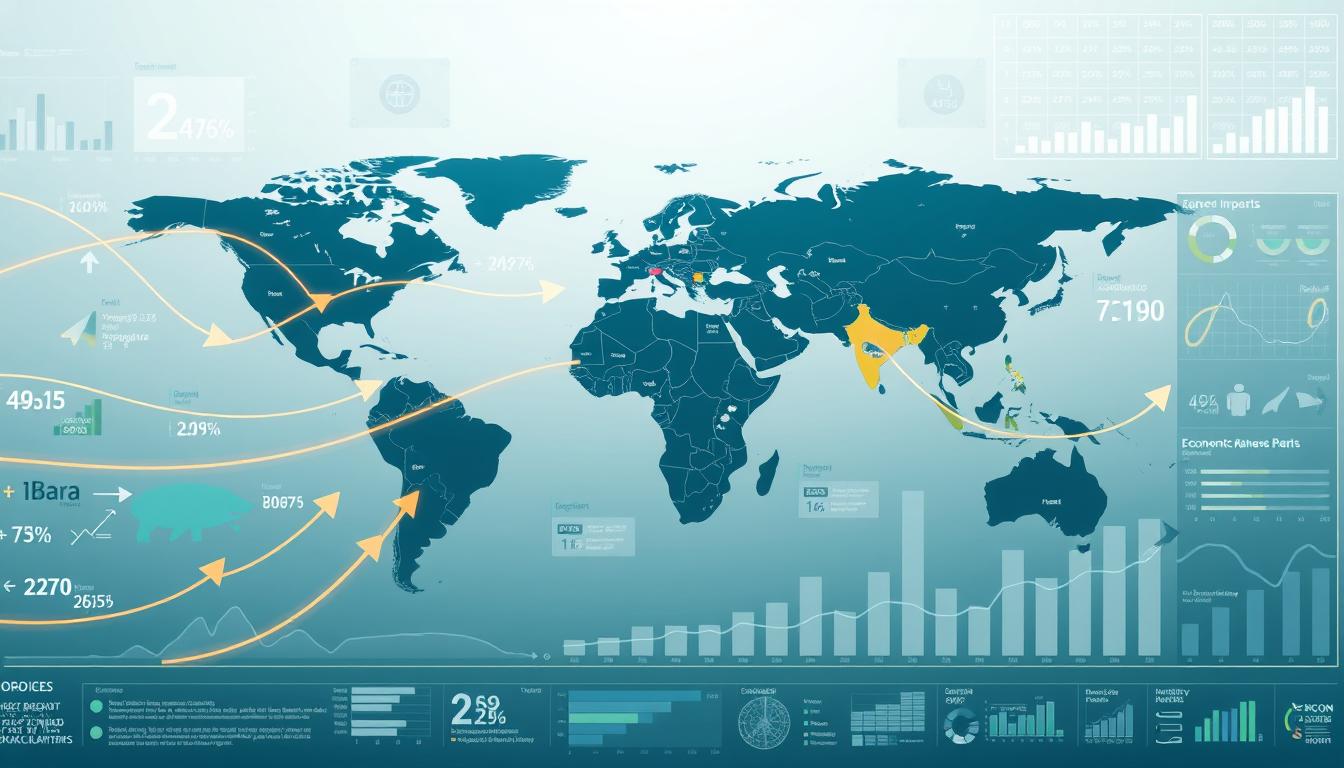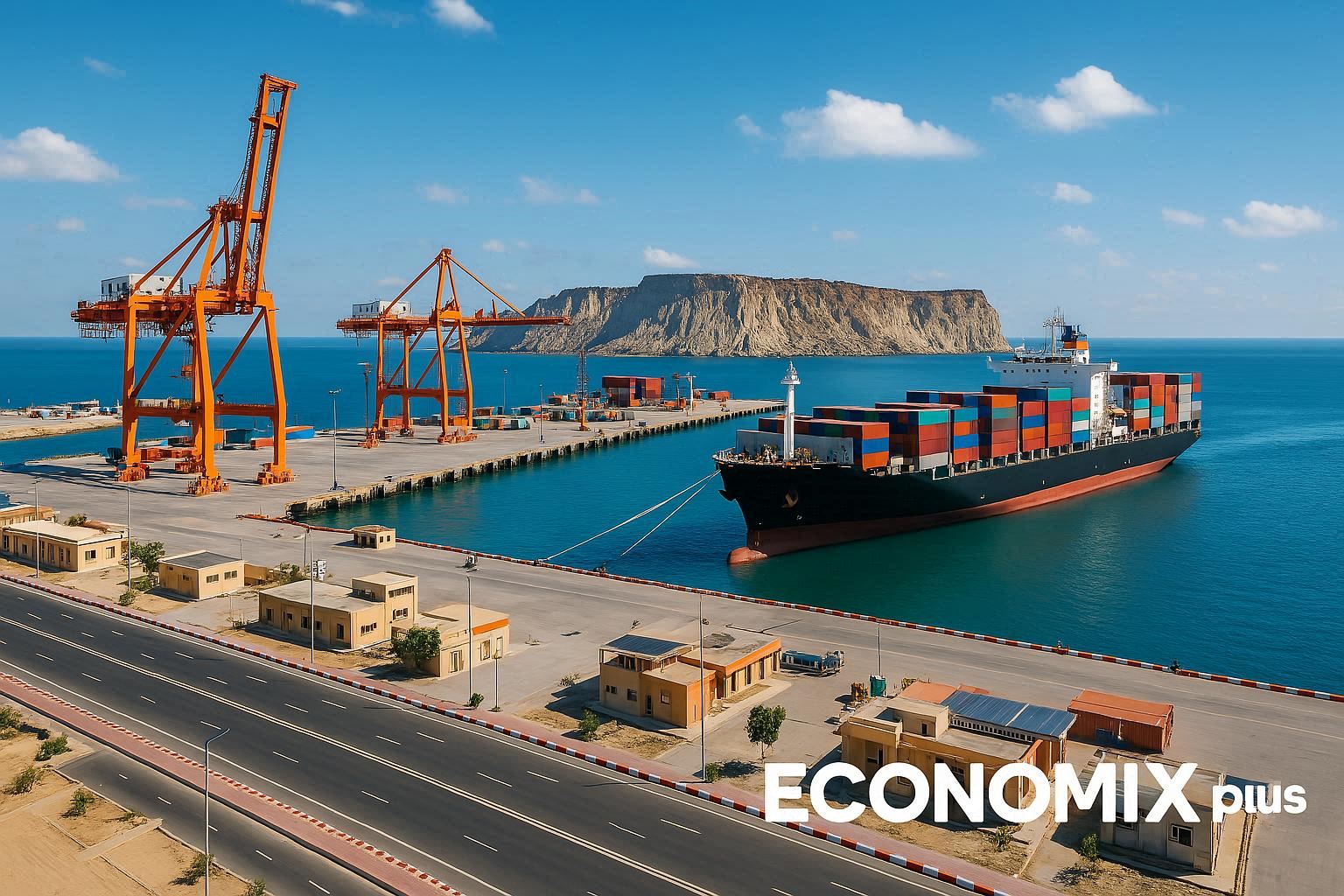Economic instability often reshapes societies in profound ways. One pressing question is how joblessness influences population movements. Understanding this relationship is crucial for policymakers and economists alike.
Historically, economic downturns have driven workers to seek opportunities elsewhere. Countries with high unemployment rates often see their citizens migrate to regions with better prospects. This trend raises important questions about labor market dynamics and wage disparities.
Modern case studies reveal the impact of economic challenges on migration patterns. Analyzing these trends helps in crafting effective policies. This article explores historical patterns, economic drivers, and current labor market challenges.
Migration trends are vital for economic planning. By examining these patterns, we can better understand the forces shaping our world. Stay tuned for an in-depth analysis of this complex issue.
Key Takeaways
- Economic instability often drives population movements.
- Historical patterns show migration linked to joblessness.
- Modern case studies highlight current labor market challenges.
- Understanding migration trends aids in economic planning.
- Policy responses are crucial in addressing these issues.
Introduction: Understanding the Link Between Unemployment and Migration
The connection between job loss and population movement has long been a topic of study. Economic pressures often create push and pull factors that drive people to relocate. When employment opportunities shrink, many seek better conditions elsewhere.
Global migration figures have reached record highs. For example, over 23.7 million non-EU citizens now reside in EU countries. This trend highlights the significant role of labor market dynamics in shaping migration patterns.
Historically, “income-constrained” migration emerged during periods of economic hardship. In the 19th century, Europeans moved in large numbers due to limited job prospects. This concept remains relevant today.
Modern migration drivers include drastic wage drops. During the Latin American crisis, Argentina experienced a 67% decline in real wages. Such conditions force individuals to seek stability in other regions.
World Bank data also shows a slowdown in remittance growth during economic downturns. This effect underscores the broader impact of employment challenges on global migration trends.
- Economic pressures create push and pull factors for migration.
- Record-high migration figures reflect labor market shifts.
- Historical patterns of “income-constrained” migration persist.
- Modern drivers include significant wage declines.
- Remittance growth slows during economic crises.
Historical Context: Unemployment and Migration in the Past
History shows how economic challenges have reshaped global population movements in the United States and other parts of the world. From the 19th century to the Great Depression, job scarcity has often driven people to seek better opportunities elsewhere, influencing immigration levels. These historical patterns provide valuable information and evidence into today’s labor market dynamics, including the distribution of employment and the effect of remittances on the economy.
European Mass Migrations in the 19th Century
Between 1870 and 1914, over 60 million Europeans left their home countries. This mass emigration was fueled by limited job prospects and economic instability. Sending nations saw a 22% reduction in their labor force, while the New World experienced a 49% increase.
Migration also played a key role in wage convergence. Studies show that real wages aligned by 70% due to this movement of workers. However, this shift wasn’t without challenges. Countries receiving migrants often faced policy backlash, such as the U.S. literacy tests in 1917 and quota systems in 1921.
The Great Depression and Its Impact on Migration
The Great Depression of the 1930s brought unprecedented economic hardship. Unemployment rates soared above 25% in the U.S. and Germany. Many workers were forced to leave their homes in search of better conditions.
This period highlighted the link between joblessness and emigration. It also underscored the importance of addressing labor market disparities. By examining these historical events, we can better understand the forces driving migration today.
Economic Factors: How Unemployment Drives Migration
Wage gaps and job scarcity drive individuals to relocate globally, especially during an economic downturn. Economic pressures often push immigrant workers to seek better opportunities in countries with stronger labor markets, such as the United Kingdom.
Understanding these dynamics is key to addressing migration trends and the distribution of labor force employment levels, as research shows that remittances play a crucial role in the economy. For example, emigration patterns are influenced by GDP fluctuations.

Wage disparities play a significant role in migration decisions. For example, Australian wage-to-rent ratios fell by 75% between 1870 and 1913. Such gaps incentivize workers to move to areas with higher earnings and better living conditions.
The Role of Wage Disparities
Historically, wage differences have been a major driver of population movements. Workers often migrate to regions where their skills are better compensated. This trend continues today, with remittance flows exceeding $200 billion annually.
Transportation cost reductions have also enabled migration. Between 1840 and 1910, freight costs declined by 1.5% annually. This made it easier for workers to relocate in search of better wages and job opportunities.
Labor Market Conditions and Migration
Labor market conditions significantly influence migration patterns. For instance, during economic downturns, sector-specific impacts can be severe. In Buenos Aires, poverty rates increased by 42% during one crisis, prompting many to leave.
Modern solutions like the EU Blue Card system aim to address labor mobility challenges. This program facilitates the movement of skilled workers across borders, helping to balance labor market needs.
| Factor | Impact on Migration |
|---|---|
| Wage Gaps | Incentivizes workers to relocate for higher earnings |
| Transportation Costs | Reductions enable easier movement across regions |
| Labor Market Conditions | Poor conditions drive workers to seek opportunities elsewhere |
| Remittance Flows | Exceeds $200B annually, reflecting economic motivations |
Economic factors like wage disparities and labor market conditions continue to shape global migration trends. By addressing these issues, policymakers can create more balanced and sustainable labor markets.
Case Studies: Unemployment Crises and Migration in Modern Times
Recent economic downturns have reshaped global migration patterns, particularly in countries experiencing higher unemployment rates. Examining specific crises provides valuable insights into how job losses influence population movements and emigration trends. Two notable examples are the Asian Financial Crisis of 1997-99 and the 2008 Global Financial Crisis, which have been the subject of numerous studies and research regarding remittances and their impact on GDP.

The Asian Financial Crisis of 1997-99
The Asian Financial Crisis had a profound impact on labor markets across the region. In Thailand alone, 2 million workers were laid off, forcing many to seek opportunities abroad. Countries like the Philippines implemented labor export strategies to address the crisis.
Governments introduced policies favoring national labor, but employers soon realized locals were unwilling to take on “migrant jobs.” This highlighted the reliance on foreign workers even during economic downturns. For more detailed data, refer to this comprehensive analysis.
The 2008 Global Financial Crisis
The 2008 crisis significantly altered migration trends, particularly in the united states. Undocumented migration from Mexico declined sharply due to reduced construction jobs. In Spain, unemployment rose from 8 percent in 2007 to over 20 percent for non-EU migrants by 2009.
Polish workers in the EU also returned home as job opportunities dwindled. These shifts underscore the link between economic instability and migration. Understanding these patterns helps policymakers address labor market challenges effectively.
Both crises demonstrate how economic instability drives population movements. By analyzing these events, we can better prepare for future challenges and create sustainable solutions.
Can an Unemployment Crisis Lead to Mass Migration? A Deep Dive
Global labor markets have always been shaped by economic shifts. When job opportunities decline, people often move to regions with better prospects. This phenomenon has been observed throughout history and continues to influence migration patterns today.

Evidence from Historical and Contemporary Data
Historical records show a strong link between job scarcity and population movement. For instance, during the 19th century, real wages converged by 70% due to migration. This trend highlights the economic motivations behind such movements.
In modern times, the Asian Financial Crisis of 1997-99 led to significant labor market disruptions. Thailand saw 2 million workers lose their jobs, prompting many to seek opportunities abroad. Similarly, the 2008 Global Financial Crisis caused a sharp decline in migration from Mexico to the U.S. due to reduced construction jobs.
Predictive Models and Future Trends
Migration elasticity models suggest that a 1% increase in unemployment can lead to a measurable rise in migration. These models help policymakers anticipate population movements during economic downturns.
Future projections also indicate potential challenges. Climate change could displace between 25 million and 1 billion people by 2050. Additionally, the EU faces demographic shifts, with non-nationals making up 5.3% of its population. These trends underscore the need for proactive planning.
OECD models predict increased flows of skilled labor across borders. This aligns with the UN’s Sustainable Development Goals, which emphasize the importance of addressing migration as part of global economic stability.
- Migration elasticity models link unemployment rises to population movements.
- Climate change could displace up to 1 billion people by 2050.
- The EU’s non-national population stands at 5.3%.
- OECD models forecast growing skilled labor flows.
- UN SDGs highlight migration’s role in economic stability.
Policy Implications: Managing Migration During Economic Downturns
Effective policies are essential to address the challenges of migration during economic downturns. Governments and international organizations must balance labor market needs with humanitarian concerns. This section explores key strategies and frameworks for managing migration in times of economic instability.
Migration Policies in the United States
The united states has a long history of shaping migration through policy. The 1921 Emergency Quota Act set a precedent by limiting the number of immigrants based on nationality. This approach aimed to protect domestic workers during periods of economic uncertainty.
Today, the U.S. continues to refine its migration strategies. Programs like H-1B visas attract skilled workers, while asylum policies address humanitarian needs. Balancing these priorities remains a challenge, especially during economic downturns.
International Cooperation on Migration
Global migration challenges require coordinated efforts. The EU’s New Pact on Migration, with a 2-year implementation timeline, aims to create a unified approach. This framework emphasizes fair treatment of migrants and efficient processing of asylum claims.
Organizations like the International Organization for Migration (IOM) play a crucial role. Their crisis response frameworks help countries manage sudden population movements. For example, during the Latin American crisis, IOM supported displaced workers and facilitated their return home.
Canada’s points-based system offers another model. It prioritizes skilled immigrants based on their potential economic impact. This approach contrasts with the EU Blue Card system, which focuses on labor market needs.
“Migration policies must adapt to economic realities while upholding human rights.”
- The 1921 Emergency Quota Act set early limits on immigration.
- The EU’s New Pact on Migration promotes fair treatment and efficiency.
- IOM frameworks assist countries during crises.
- Canada’s points system prioritizes skilled workers.
- In 2022, 25% of asylum grants were for Syrian migrants.
Addressing migration during economic downturns requires a multifaceted approach. By learning from past policies and fostering international cooperation, governments can create sustainable solutions. For more insights, refer to this comprehensive analysis by the IOM.
Conclusion: The Future of Migration in an Unstable Economic Climate
Global population movements are deeply influenced by economic shifts. With over 200 million migrants worldwide, the impact of these movements on the economy is significant. Historical patterns show that workers often relocate during periods of job scarcity, a trend that continues today.
Adaptive labor policies are essential to address modern challenges. Migration can stabilize economies, contributing up to 1.8% of annual GDP in some countries. However, protectionist measures, reminiscent of 1914, could hinder progress.
Data-driven models, like those from the UN and IOM, offer sustainable solutions. By fostering cooperation, countries can manage migration effectively. This approach ensures that workers find opportunities while benefiting the global economy.














